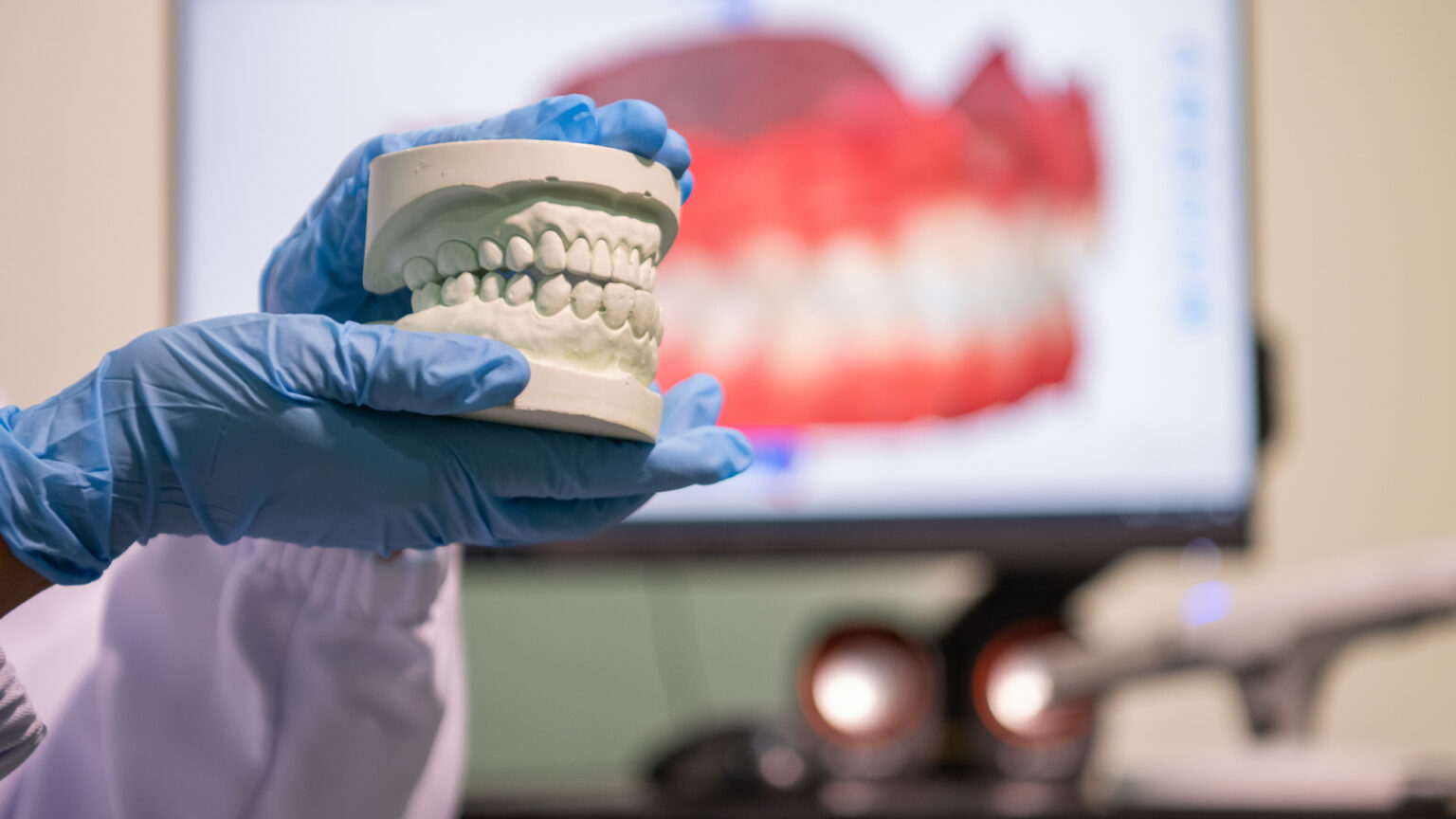A captivating smile has the power to light up a room, but for those with crowded teeth, the confidence to share that smile can be elusive. Crowded teeth, a common dental issue affecting millions of people worldwide, can have a profound impact on both oral health and self-esteem. Whether you’ve experienced the challenges of crowded teeth yourself or are simply curious about this dental condition, this blog post will delve into the intricacies of crowded teeth, shedding light on the causes, effects, and available treatment options.
Crowded teeth, also known as dental crowding or malocclusion, occur when there is insufficient space in the mouth for teeth to align properly. This leads to teeth that are misaligned, overlapped, or twisted. The resulting dental misalignment can give rise to a host of issues, from difficulty in cleaning and maintaining oral hygiene to problems with speech and chewing. Moreover, the aesthetic concerns associated with crowded teeth can erode self-confidence, making social interactions and personal well-being more challenging. However, the good news is that there are various solutions to address crowded teeth, from traditional braces to modern orthodontic advancements. In this comprehensive guide, we will explore the underlying causes of crowded teeth, its potential effects on oral health, and the diverse treatment options available to help you achieve the beautiful, healthy smile you deserve.
What causes crowded teeth?

Crowded teeth, also known as dental crowding or malocclusion, can result from a combination of genetic, developmental, and environmental factors. Here are some of the primary causes of crowded teeth:
Genetics: One of the most significant factors contributing to crowded teeth is genetics. If your parents or grandparents had crowded teeth, you may be more predisposed to develop the same condition. Genetic factors can affect the size of your jaw, the number of teeth you have, and how your teeth naturally erupt.
Small Jaw Size: Sometimes, a person’s jaw may not have enough space to accommodate all their teeth properly. This can lead to overcrowding as teeth vie for space within the limited confines of the jaw.
Early Tooth Loss: Losing baby teeth prematurely or having adult teeth come in late can disrupt the natural alignment of your teeth. The surrounding teeth may shift into the empty spaces, causing crowding issues.
Thumb Sucking and Pacifier Use: Prolonged thumb sucking or pacifier use beyond infancy can exert pressure on the developing teeth and jaw, leading to misalignment and crowding.
Mouth Breathing: Habitual mouth breathing, especially during childhood development, can alter the growth of the upper jaw and affect tooth alignment.
Tooth Size Discrepancies: Variations in the size of teeth can contribute to crowding. If some teeth are larger than others, they may not fit properly in the available space.
Poor Oral Habits: Certain oral habits, such as tongue thrusting or prolonged bottle-feeding, can influence the position of teeth and contribute to crowding.
Injuries or Trauma: Physical injuries to the face or mouth can disrupt the alignment of teeth, leading to crowding as they heal.
How do you fix crowded teeth?

Fixing crowded teeth, a condition known as dental crowding or malocclusion, typically involves orthodontic treatment to correct the alignment and positioning of the teeth. The choice of treatment depends on the severity of the crowding, the patient’s age, and their preferences. Here are some common methods used to fix crowded teeth:
Traditional Braces: Traditional metal braces are one of the most effective ways to fix crowded teeth. They consist of brackets attached to the teeth and wires that apply pressure to gradually move the teeth into the desired positions. Regular adjustments are made by the orthodontist to ensure proper alignment.
Clear Aligners (Invisalign): Clear aligners like Invisalign have gained popularity as a discreet alternative to traditional braces. These custom-made, clear plastic trays are nearly invisible when worn and are removable for eating and cleaning.
Lingual Braces: They are a good option for individuals who want the benefits of braces without the aesthetic concerns.
Surgical Orthodontics: For extreme cases of crowding or when the jaw structure is severely misaligned, surgical intervention in combination with orthodontic treatment may be necessary to achieve the desired results.
Retainers: Wearing retainers as instructed is crucial to prevent relapse.
It’s essential to consult with an orthodontist or dentist for a thorough evaluation and treatment plan tailored to your specific needs. The duration of treatment can vary widely depending on the complexity of the crowding, but orthodontic interventions can significantly improve both the appearance and function of your smile. Properly aligned teeth are not only aesthetically pleasing but also promote better oral health and overall well-being.

